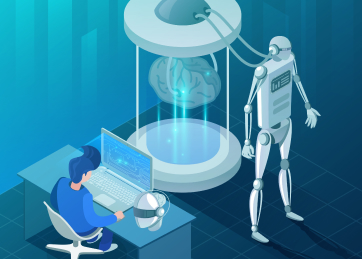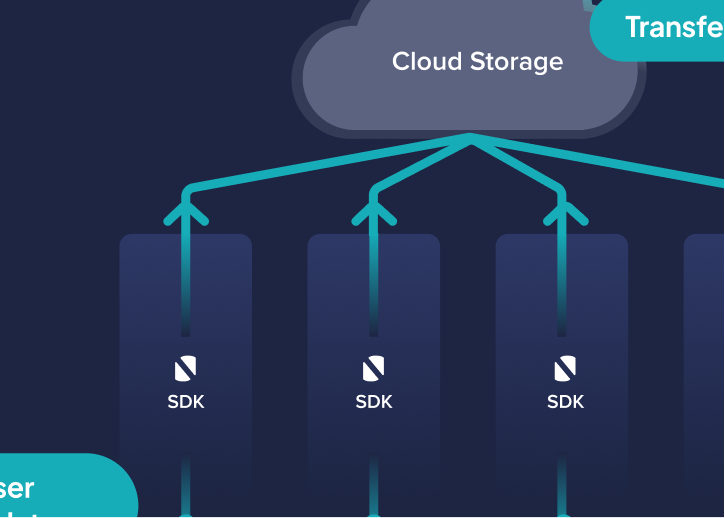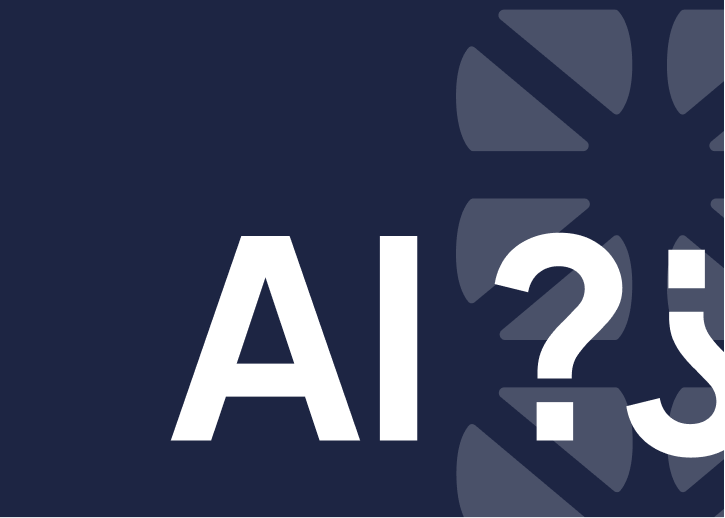Personal On-Device AI


How privacy-first, low-latency models are changing product experiences and how NimbleEdge makes them practical
In 2025, user expectations are simple but unforgiving: experiences must be fast, personal and private. Meeting that trifecta means shifting intelligence from distant clouds back onto phones, tablets and edge devices - running compact, efficient models that infer, adapt and respond in real-time. That’s the promise of on-device AI: near-zero latency, offline resilience and a privacy posture that keeps user data where it belongs — on the device.
Real-time user understanding unlocks richer, more context-aware product interactions: personalized recommendations that reflect what the user is doing right now, adaptive UI adjustments, instant voice or camera-driven features, and agentic assistants that can act locally without sending sensitive inputs to the cloud. The benefits are concrete: lower latency, reduced bandwidth costs and stronger data governance for regulated industries.
Recent advances, from architecture tweaks to parameter-efficient techniques, let powerful models run within tight memory and compute budgets. Industry players have released mobile-optimized variants (for example, Google’s Gemma 3n) designed to run on devices with limited RAM while supporting multimodal inputs like text, audio and images. These advances make practical the idea of full-featured, offline AI experiences.
NimbleEdge’s platform is built around the same set of product needs: deployable on-device agents that deliver adaptive, private experiences at global scale. NimbleEdge positions itself as a turnkey way to ship personal AI features that process everything locally, from conversational assistants to in-app personalization, without routing data to third-party LLM providers. That means companies can ship smarter experiences while minimizing compliance and privacy risk.
Design patterns for real-time user understanding
Local context windows: keep short, device-resident state (recent interactions, session context) to generate instant, relevant responses without cloud roundtrips.
Hybrid orchestration: run the primary model on device and selectively sync anonymized summaries or explicit user opt-ins to the cloud for long-term learning.
Sparse personalization: store compact user embeddings locally to personalize outputs while minimizing storage and power overhead.
On-device pipelines: chain lightweight perception models (speech, vision) with tiny action/decision models to deliver sub-100ms reactions where needed. (Surveyed research highlights optimization techniques and resource tradeoffs for exactly these patterns.)
Resource constraints: optimize using quantization, pruning, and architecture choices tailored for NPUs/Apple silicon. Platforms like NimbleEdge abstract much of this complexity so teams don’t have to rebuild device toolchains from scratch.
Model updates: use compact differential updates or secure model patches to refresh on-device behavior without full model downloads.
Evaluation at scale: combine on-device telemetry (privacy-preserving) with lab testing to validate hallucination rates, latency and energy profiles.
Instant productivity assistants that never leave the device, offering privacy-first intelligence and actions even offline.
Real-time personalization for e-commerce and media that adjusts suggestions based on immediate context (location, activity, camera input).
Accessibility features — live captions, responsive gestures and adaptive UI — that must run locally for latency and reliability reasons.
On-device AI, low-latency inference, privacy-first AI, real-time user understanding - these are the architecture of modern product advantage. Companies that move intelligence to the endpoint can deliver faster, safer, and more intimate experiences. If you’re building the next generation of personal AI features, look for platforms that solve device deployment, model efficiency and privacy by design; exactly the problems NimbleEdge set out to solve.

In our previous blog, we covered how NimbleEdge helps capture event streams

Mobile apps across verticals today offer a staggering variety of choices - thousands of titles on OTT apps, hundreds of restaurants on food delivery apps, and dozens of hotels on travel booking apps. While this abundance should be a source of great convenience for users, the width of assortments itself is driving significant choice paralysis for users, contributing to low conversion and high customer churn for apps.

Today AI is everywhere - well almost; at least it’s everywhere in conversations but is it making a real-world impact? Impact on everyone’s daily lives? As